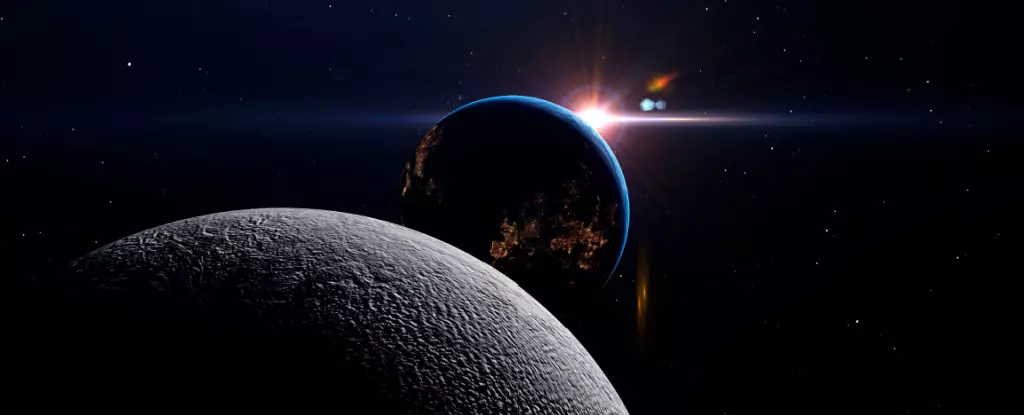The recent study conducted by NASA scientists revealed that the Moon has gained approximately 57 millionths of a second per Earth day since the last manned mission to its surface over half a century ago. Despite the seemingly negligible difference in time, this discovery holds significant implications for future crewed missions to the Moon and beyond. The importance of understanding the effects of gravity on time, as postulated by Albert Einstein, has now become a pressing issue as NASA plans to return astronauts to the Moon by 2026.
The practicalities of measuring temporal distortions due to variations in gravity have long been a challenge for scientists. While the Moon has one-sixth of Earth’s gravity, the short duration of previous manned missions did not require precise measurements of time differences. However, with the upcoming Artemis missions, which aim to establish a sustained presence on the Moon and potentially pave the way for future missions to Mars, NASA is now faced with the need for accurate timekeeping systems.
Importance of Time Precision for Navigation
As NASA plans for lunar landings and the establishment of bases on the Moon, the importance of precise timekeeping cannot be understated. Infrastructure on Earth, such as GPS, provides time down to the nanosecond level, which is crucial for navigating and landing on the Moon safely. The small but significant time difference between Earth and the Moon could make a substantial difference in avoiding hazardous areas and ensuring the success of future missions.
Unified Time Reference System for the Moon
In light of the recent findings, NASA and other US agencies are working on establishing a unified time reference system for the Moon that can be adopted by international space agencies. The calculations conducted by NASA scientists, as well as independent researchers from the US National Institute of Standards and Technology, have provided valuable insights into the discrepancy in time between Earth and the Moon. However, further peer-reviewed studies and collaboration with international bodies will be necessary to finalize the definition of lunar time.
While the focus of the study has been on the time difference between Earth and the Moon, it is important to consider how environmental factors and human activities on Earth may also impact timekeeping. The slowing down of Earth’s rotation and the alterations in its spin due to extractive human practices could have long-term implications for time measurement and navigation systems both on Earth and in space.
The recent study on lunar time discrepancies highlights the complex interplay between gravity, time, and navigation systems in space exploration. As NASA prepares for its upcoming missions to the Moon and beyond, understanding and accounting for the subtle differences in time between celestial bodies will be crucial for the success and safety of future astronauts. Collaborative efforts among scientists, agencies, and international bodies will be essential in developing a standardized time reference system that can support sustained human presence on the Moon and pave the way for future space exploration endeavors.


Leave a Reply